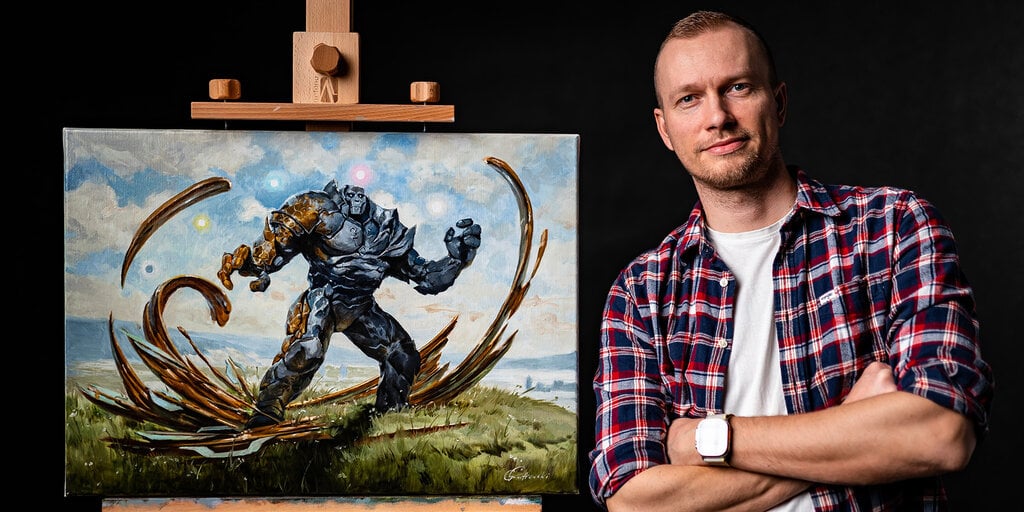Greg Rutkowski, a digital artist known for his surreal style, opposes AI art but his name and style have been frequently used by AI art generators without his consent. In response, Stable Diffusion removed his work from their dataset in version 2.0. However, the community has now created a tool to emulate Rutkowski’s style against his wishes using a LoRA model. While some argue this is unethical, others justify it since Rutkowski’s art has already been widely used in Stable Diffusion 1.5. The debate highlights the blurry line between innovation and infringement in the emerging field of AI art.



This is factually untrue. For example, Stable Diffusion models are in the range of 2GB to 8GB, trained on a set of 5.85 billion images. If it was storing the images, that would allow approximately 1 byte for each image, and there are only 256 possibilities for a single byte. Images are downloaded as part of training the model, but they’re eventually “destroyed”; the model doesn’t contain them at all, and it doesn’t need to refer back to them to generate new images.
It’s absolutely true that the training process requires downloading and storing images, but the product of training is a model that doesn’t contain any of the original images.
None of that is to say that there is absolutely no valid copyright claim, but it seems like either option is pretty bad, long term. AI generated content is going to put a lot of people out of work and result in a lot of money for a few rich people, based off of the work of others who aren’t getting a cut. That’s bad.
But the converse, where we say that copyright is maintained even if a work is only stored as weights in a neural network is also pretty bad; you’re going to have a very hard time defining that in such a way that it doesn’t cover the way humans store information and integrate it to create new art. That’s also bad. I’m pretty sure that nobody who creates art wants to have to pay Disney a cut because one time you looked at some images they own.
The best you’re likely to do in that situation is say it’s ok if a human does it, but not a computer. But that still hits a lot of stumbling blocks around definitions, especially where computers are used to create art constantly. And if we ever hit the point where digital consciousness is possible, that adds a whole host of civil rights issues.
This is the process I was referring to when I said it makes copies. We’re on the same page there.
I don’t know what the solution to the problem is, and I doubt I’m the right person to propose one. I don’t think copyright law applies here, but I’m certainly not arguing that copyright should be expanded to include the statistical matrices used in LLMs and DPMs. I suppose plagiarism law might apply for copying a specific style, but that’s not the argument I’m trying to make, either.
The argument I’m trying to make is that while it might be true that artificial minds should have the same rights as human minds, the LLMs and DPMs of today absolutely aren’t artificial minds. Allowing them to run amok as if they were is not just unfair to living artists… it could deal irreparable damage to our culture because those LLMs and DPMs of today cannot take up the mantle of the artists they hedge out or pass down their knowledge to the next generation.